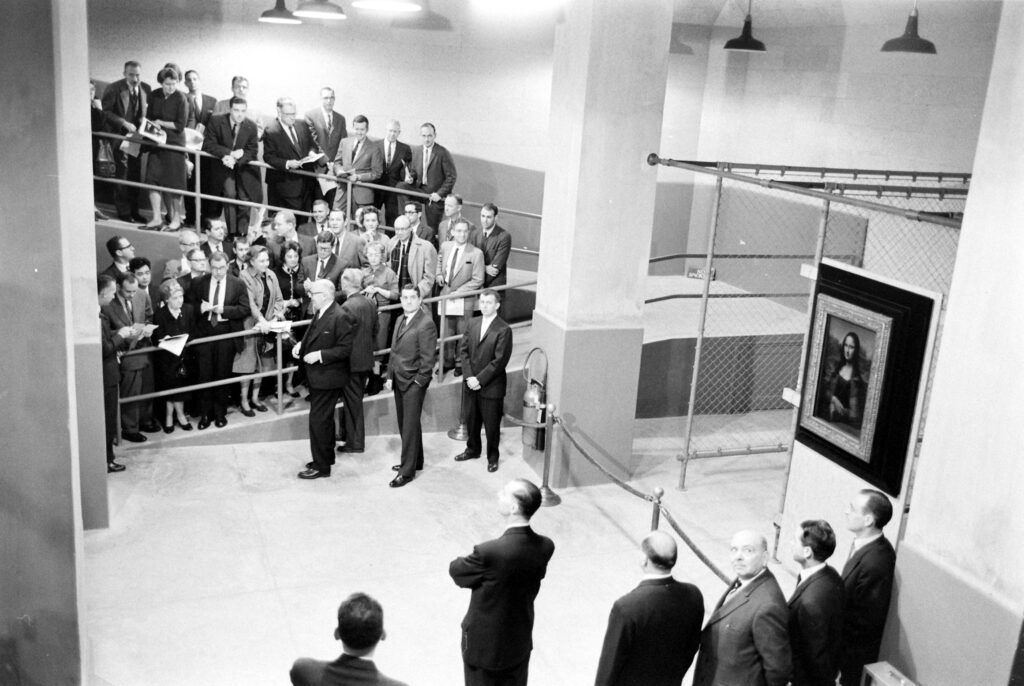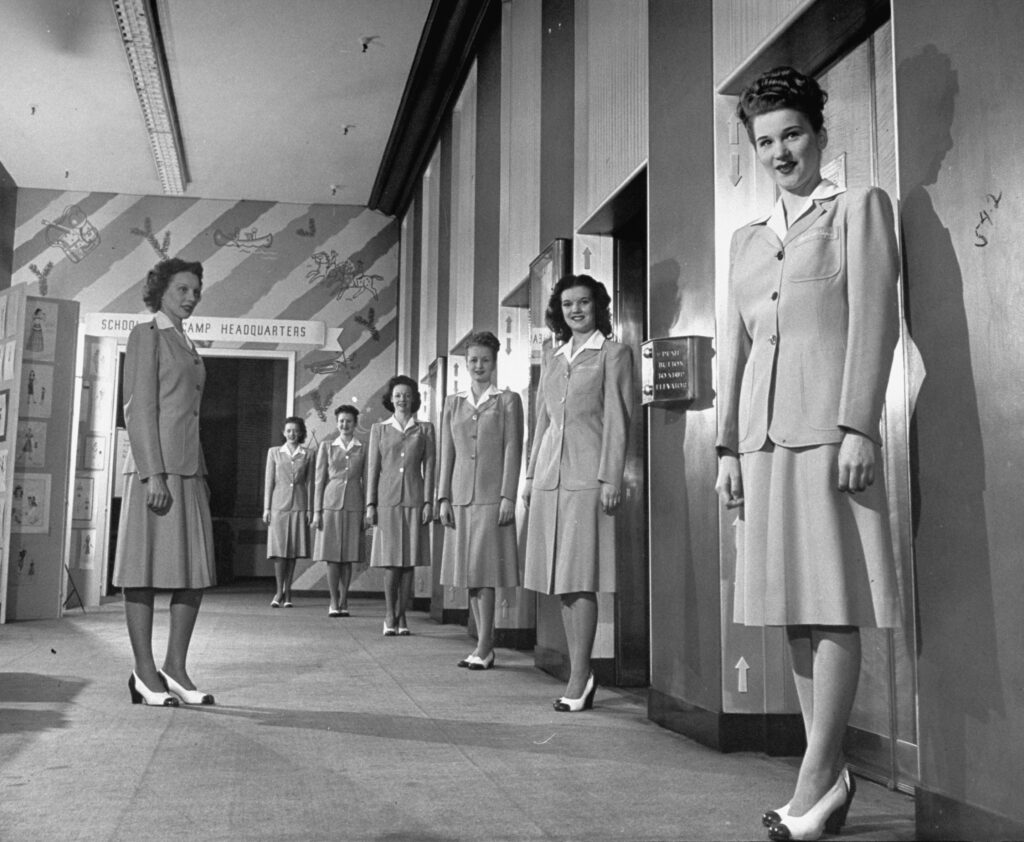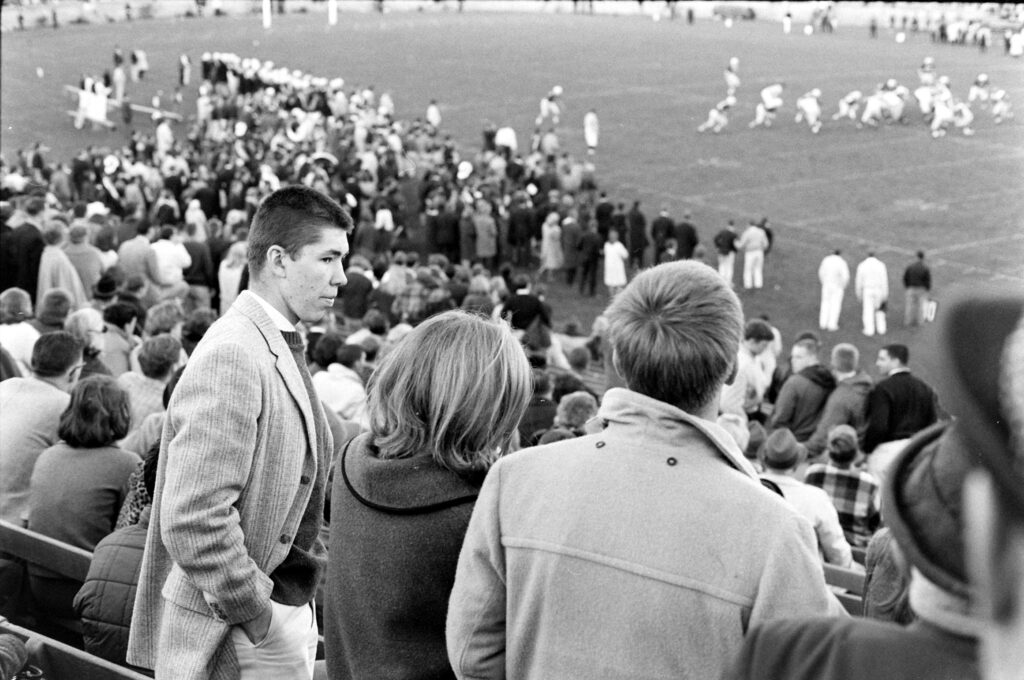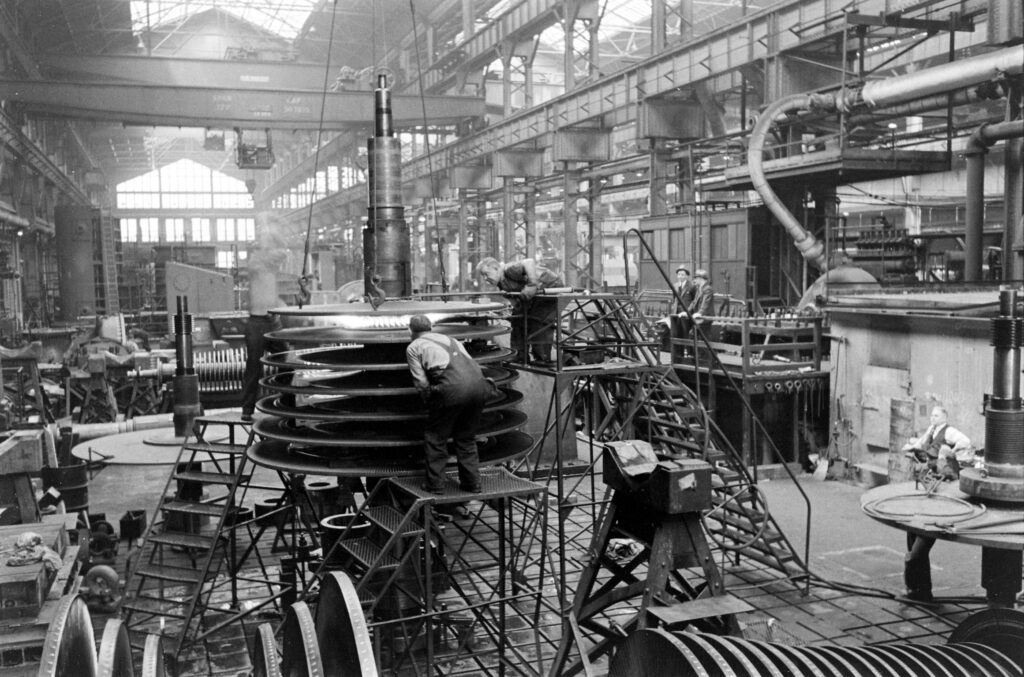On June 6, 1944, the U.S. military and its allies launched a massive attack in Nazi-occupied northern France. More than 160,000 allied soldiers landed in Normandy in the largest amphibious assault in history, and 9,000 allied soldiers were killed or wounded in the first 24 hours of the invasion. The cost was great, but the moment stands as one of triumph because it began to turn the tide of World War II and led to the defeat of Adolph Hitler.
The invasion, which had been planned for more than a year, was obviously massive news, and D-Day and its aftermath was covered extensively in LIFE. Look at the June 12, 1944 issue and the the June 19, 1944 and you will find photos and reporting that goes for pages and pages. On this site you can see photo stories about England and France in the days before and after the invasion, a visual chronicle of the fighting that followed D-Day, and Omar Bradley’s return to Omaha Beach 25 years later.
Here we look at photos which show how the immediate news of the invasion spread. In one photo citizens read printed reports hung in the window of a Chicago radio station. In another workers at a manufacturing plant stop work to hear the historic announcement read to them. And then there are the newspaper readers, gathering to buy copies in Chicago in one photo, and in another reading about the assault in France on park benches in Los Angeles. Another photo shows British pilots in training, reading the newspaper to learn about the latest about the war they would soon be fighting in.
Today if such an invasion happened we would be planted in front of our preferred news channel or social media stream, getting battle updates by the second. But look at the faces of the people hearing the news back in 1944; the reports, however archaic the means of delivery, still land with that sense of immediacy. It’s another way of feeling the importance of the massive and bloody military operation that proved to be a swivel moment in the history of the 20th century.

A group of men read bulletins of the Normandy invasion posted in the window of the news booth of radio station WBBM, Chicago, June 1944.
Gordon Coster/Life Picture Collection/Shutterstock

Workers at a manufacturing plant stop for a moment of prayer following announcement of the Allied invasion of Europe, aka D-Day.
Wallace Kirkland/Life Picture Collection/Shutterstock

People gather around a newspaper stand to purchase copies of the Chicago Daily News and the Chicago Daily Tribune, both of which report on D-Day, the former with the headline ‘Invasion On: 4,000 Ships Hit Coast’ and the latter with the headline ‘Allies Invade France,’ Chicago, June 6, 1944.
Gordon Coster/Life Picture Collection/Shutterstock

People reading newspapers with the headlines of the D-Day invasion at the Pershing Square Park, Los Angeles, June 6, 1944.
John Florea/Life Picture Collecrtion/Shutterstock

British pilots training at Falcon Field read a newspaper account of the D-Day Allied invasion of France.
Sgt. James Burns/Life Picture Collection/Shutterstock













